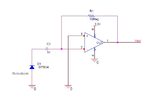karthickb3e
Advanced Member level 4
Hi all,
I assembled the photodiode op-amp circuit as shown in the below ......
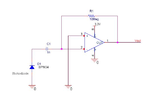
my emitted signal is 4khz.. The circuit not receives the emitted signal continuously..
i shown the my received signal in the following images...
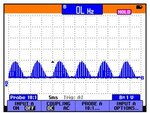
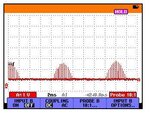
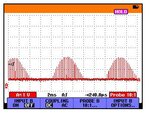
there is some gap between the emitted signal... please help what is the problem how to solve this????
I assembled the photodiode op-amp circuit as shown in the below ......

my emitted signal is 4khz.. The circuit not receives the emitted signal continuously..
i shown the my received signal in the following images...



there is some gap between the emitted signal... please help what is the problem how to solve this????



